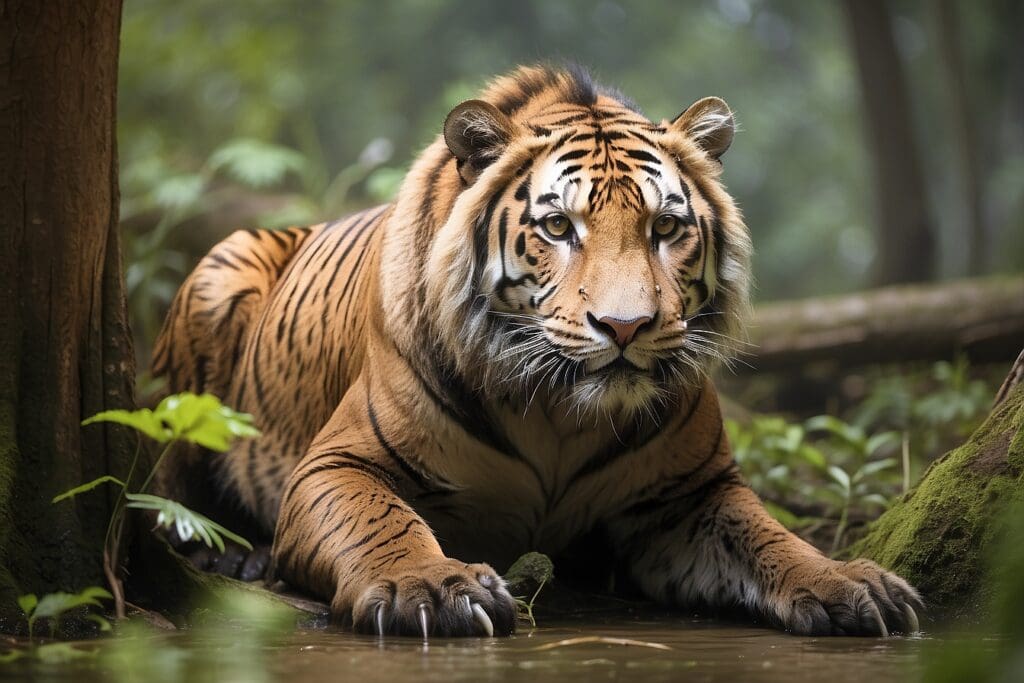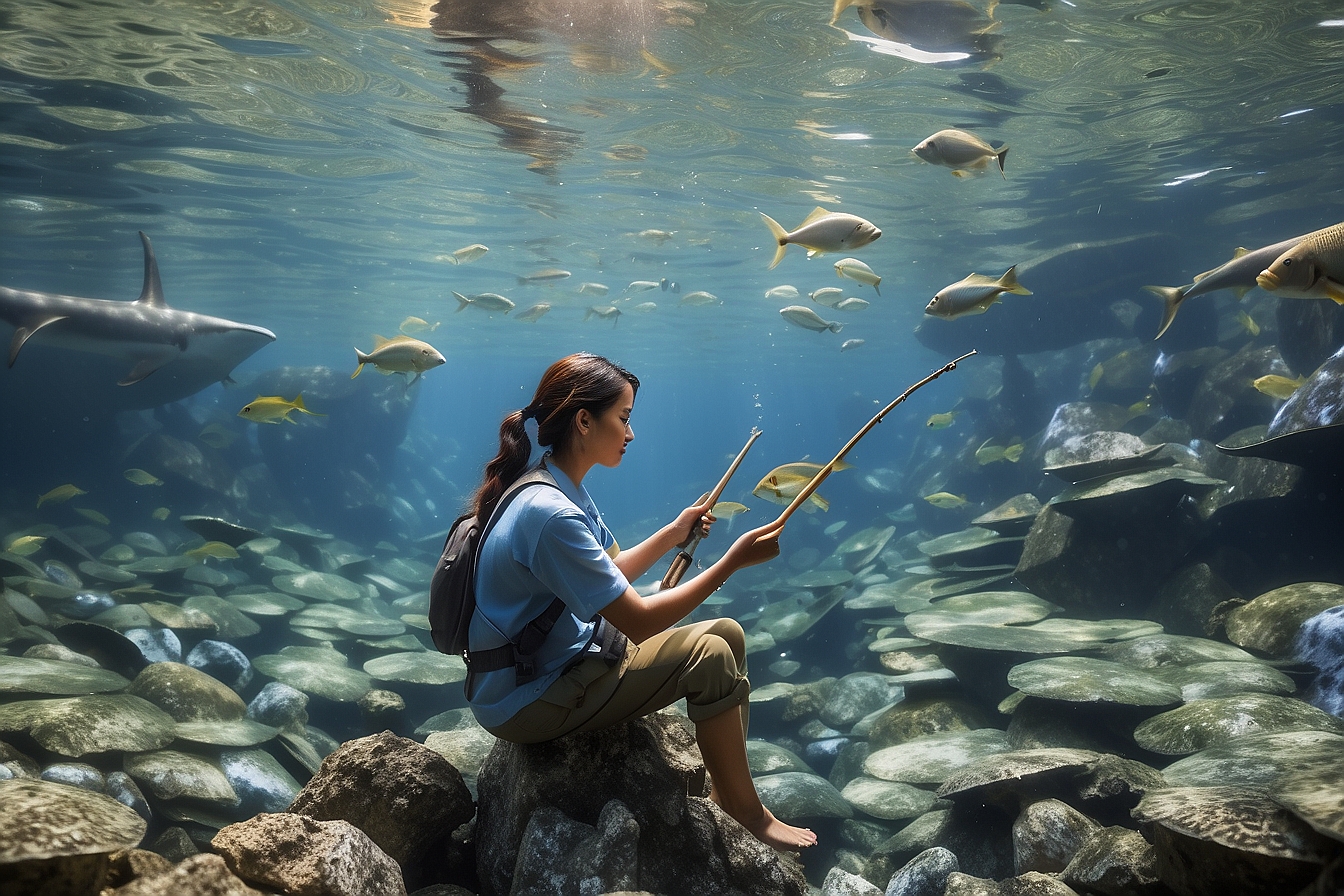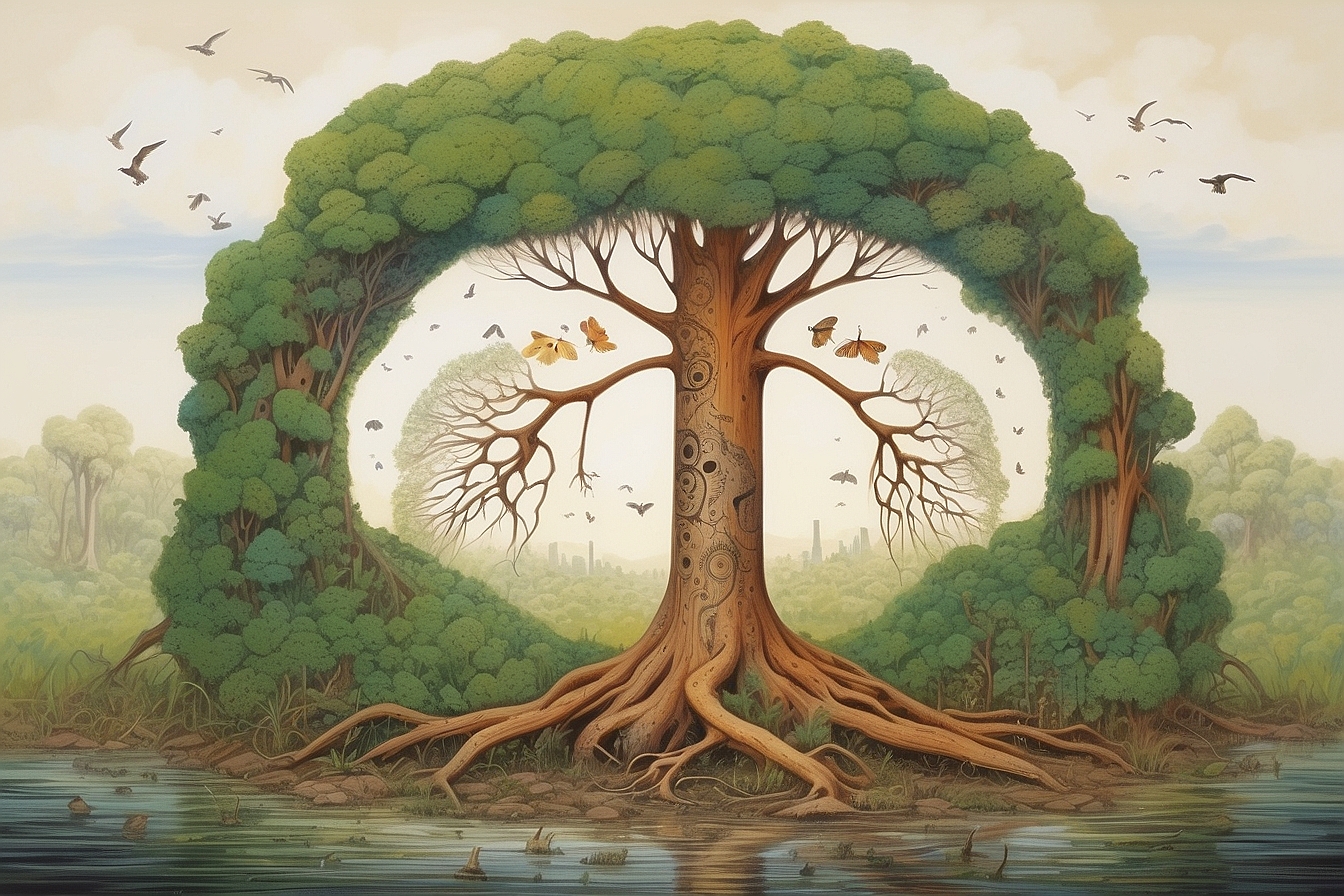This past November of 2013, the United Nations held climate talks in Warsaw1 as a prelude to larger U.N. climate talks scheduled to occur in Paris in 2015.2 However, due to both developed and developing countries’ refusal to set climate change .
Impact of Climate Change on Species
As discussed in the previous Greeniacs articles published on this topic—habitats , climate change has rapidly altered many species’ habitats, in turn threatening their existence.
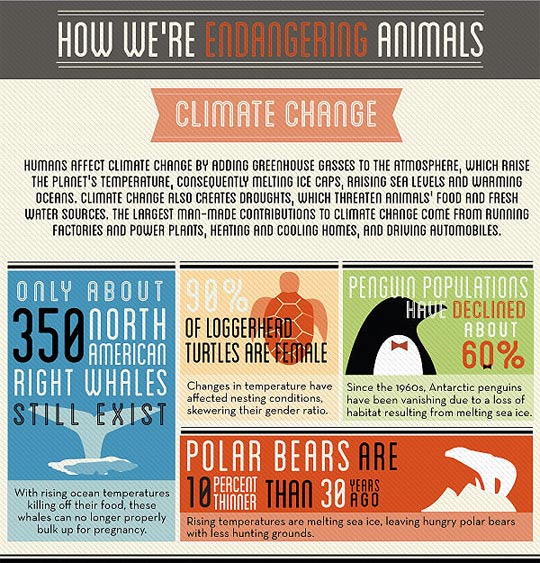 4
4
The Endangered Species Act
In 1900, Congress passed the Lacey Act—the first federal wildlife protection law.5 This pioneer Act was passed in response to growing public concern over illegal hunting of species such as the passenger pigeon.6 Congress then passed the Endangered Species Preservation Act in 1966, which included the first list of endangered and threatened species and became the basis for the Endangered Species Act (ESA) of 1973.7
The year 2013 marked the 40th anniversary of the Endangered Species Act in the United States. In 1973, Congress passed this act recognizing that the environment has “esthetic, ecological, educational, recreational, and scientific value to our Nation and its people.” The U.S. Fish and Wildlife Service (FWS) and the National Marine Fisheries Service (NMFS) are responsible for administering the ESA, with the FWS focusing on terrestrial and freshwater species and the NMFS focusing on marine life such as sea turtles, whales, and fish like salmon for example.8
https://web.archive.org/web/20160404101135if_/http://www.youtube.com/embed/DojGPBV4U0w 9
Under the ESA, species can be labeled as either “endangered” or “threatened.” If a species is listed as endangered, it is in danger of extinction throughout all or most of its range. A threatened species is one that is likely to become endangered in the near future. All plant and animal species are eligible to be on either list, except for pest insects. When evaluating a species, five factors are considered:10
- damage to, or destruction of, a species’ habitat;
- overutilization of the species for commercial, recreation, scientific, or educational purposes;
- disease or predation;
- inadequacy of existing protection;
- other natural or manmade factors that affect the species’ existence.
Species can also be placed on a third list – the “candidate” list. Candidate species are those that the FWS or NMFS have enough evidence to label as either endangered or threatened but are prevented from doing so by needing to list higher priority species.11
As of January 2013, the Endangered Species Act listed 2,054 species as endangered or threatened, 1,436 of which live in the United States. In terms of protecting species in other countries, the United States is part of the Convention on International Trade in Endangered Species of Wild Fauna and Flora (CITES ). CITES is a 175-nation agreement to prevent international trade from causing species’ extinctions.12
Is Conservation a Popularity Contest?

Unfortunately, organizations often focus conservation efforts on the most popular species, rather than species that need the most protection. For instance, the World Wildlife Fund’s website highlights species such as the giant panda, the polar bear, and the sea turtle.13 Species that are not as “charismatic,” that is to say species that humans do not find attractive or relatable, do not receive the same amount of attention. On the flip side, when a popular species reaches a stable population size and is able to be taken off the endangered list, the public often reacts negatively to that species being removed. A quintessential example of this is the bald eagle, which being our national bird, cannot get any more charismatic.
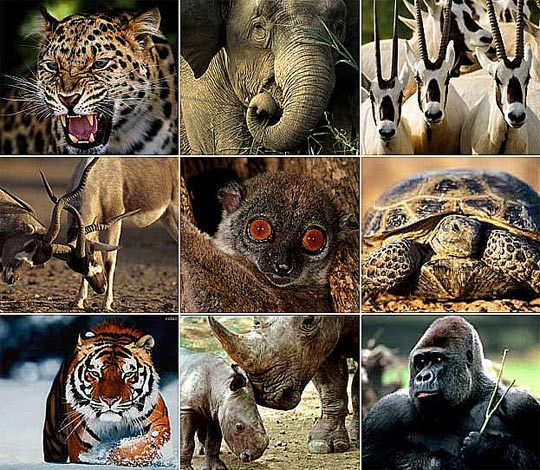 14
14
Even if a species is “charismatic,” studies have shown that physically small species, such as anemonefish, and economically valuable species, such as sharks , receive less attention and less legal protection than they need.15 Jonathan Baillie from the Zoological Society of London, observed, “The donor community and conservation movement are leaning increasingly towards a ‘what can nature do for us’ approach.” However, this approach naively ignores the fact that all species have a value to nature, and thus in turn have a value to us.16 Hopefully in the future species can be prioritized based on level of need rather than on popularity.

